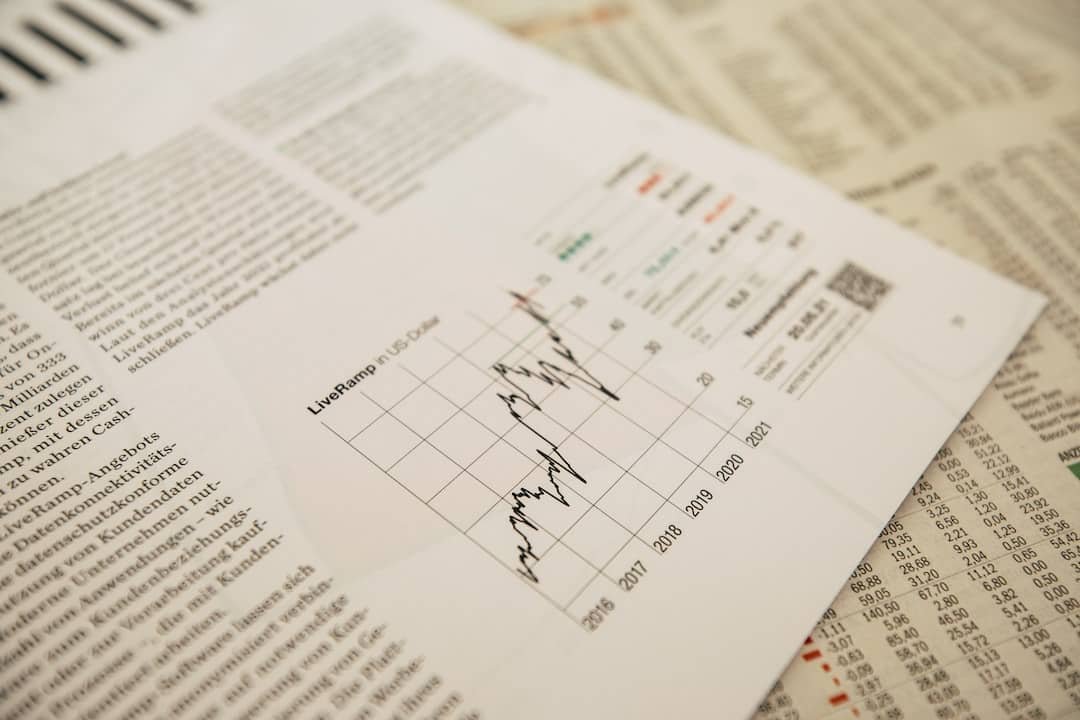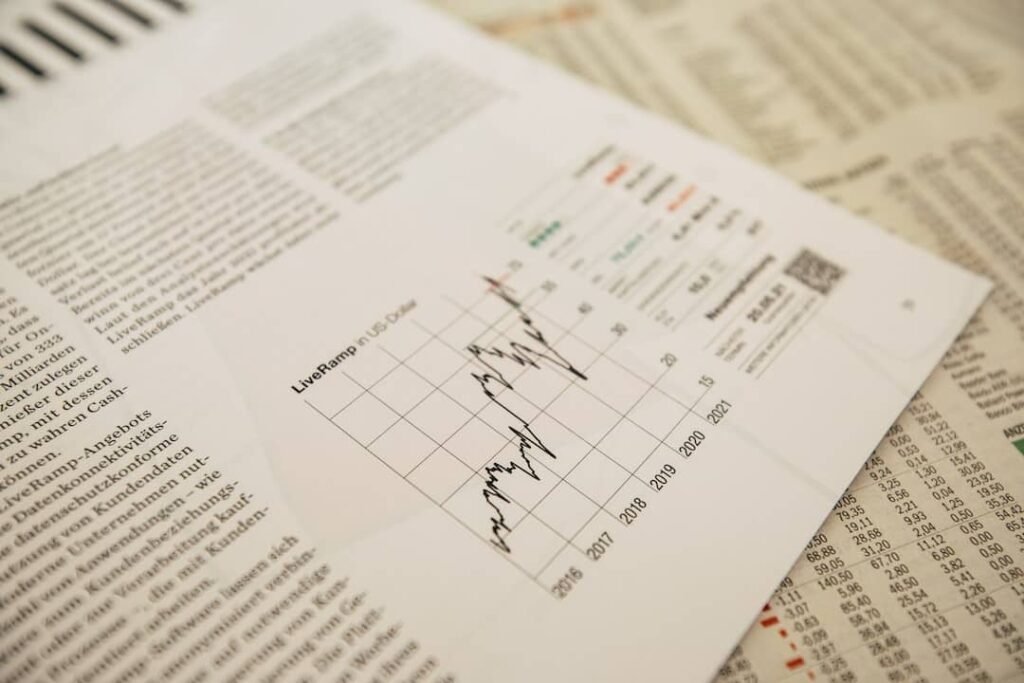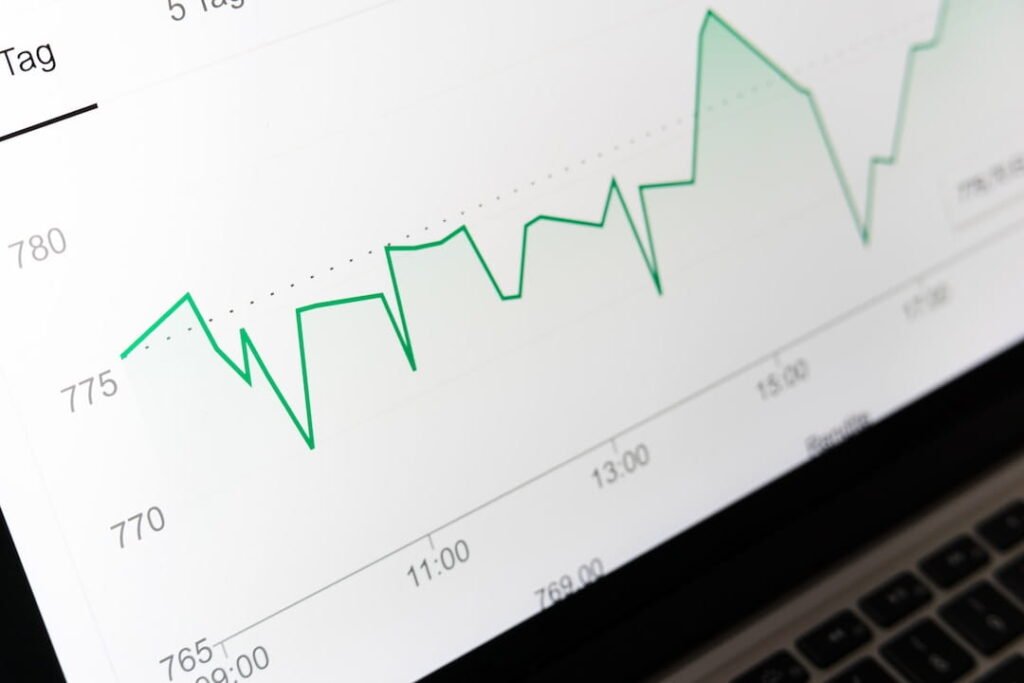Physical Address
304 North Cardinal St.
Dorchester Center, MA 02124
Physical Address
304 North Cardinal St.
Dorchester Center, MA 02124

In today’s increasingly data-driven world, information is power. However, large quantities of raw data alone have little value. It must be presented in a way that is easily understood to effectively convey a message or story. This is where visualization tools such as the line chart prove indispensable. In this article, we will go deep into the essence and effective use of line charts.

In basic terms, a line chart is a kind of graph used to display data along a continuous line. The X-axis typically represents time, and the Y-axis typically represents the quantity of the variable being measured. This type of chart primarily serves to show trends over time, called time-series data. By visually presenting data in a linear format, viewers can readily see general patterns, such as an increase, a decrease, or consistent trends in the data.
Line charts have been serving as a popular medium of data representation due to their simplicity and versatility. Relative to other types of charts, such as area charts or bar charts, line charts provide a more straightforward view of individual data points. They serve to highlight trends and patterns without complicating the viewer’s understanding with visual distractions. In this, they play an essential role in various disciplines, from the financial sector to academia and from weather forecasting to epidemiological studies.
Despite its simplicity, a line chart’s power lies in its ability to make the invisible visible. They expose changes and patterns that may have gone unnoticed in a tabular presentation. Thus, the use of a line chart aids in making informed decisions by giving a clear picture of data trends and variations over time.

Understanding how to interpret the information is essential when using line charts. A key element to consider is the trend. A trend can be increasing, decreasing, or constant. If the line moves upward, it suggests an increasing trend. If it moves downward, there is a decreasing trend, and a horizontal trend suggests a constant trend.
However, understanding line chart information doesn’t stop with identifying trends. Observing how fast these changes happen is key as well. If the line’s slope is steep, it suggests a rapid change in the happening, while a gentle slope suggests a slower change.
Also, remember to look out for individual data points that seem to deviate significantly from the rest. These outliers may represent errors, anomalies, or significant events, and their causes should be investigated. Beware of drawing conclusions prematurely based on a single data point. Always consider overall trends and significant patterns.
You’ve likely encountered line charts in various facets of your life without realizing it. For instance, in financial markets, line charts are essential tools for tracking the price movements of stocks, currencies, and commodities. They allow traders and investors to identify trends, set trading strategies, and make data-informed decisions.
Line charts are also widely used in weather forecasting. Meteorologists often use them to track changes in temperature, rainfall, and other weather parameters over time. By visualizing these trends, they can predict future weather patterns and make forecasts.
In public health, line charts play a pivotal role in epidemiological studies. They help in tracking the spread of diseases over time and space, showing patterns in disease outbreaks, and informing public health interventions. Similarly, academic researchers use line charts to visualize and analyze experimental data, identify patterns, and draw conclusions.
Overall, the line chart plays a pivotal role in the realm of data visualization. Its simplicity in showing trends over time makes it an invaluable tool in various disciplines. However, as with any tool, its power lies in its correct usage and interpretation. Therefore, it’s essential to grasp the fundamentals of line charts, understand how to interpret their information accurately, and know when to use them. With the right knowledge and skill, you can leverage the full potential of line charts to make data-driven decisions.